Consuelo Bergere Kenney Althouse received an unexpected phone call in March 2021.
The voice on the other end of the line was an attorney from the U.S. Department of the Treasury seeking permission to decorate millions of commemorative quarters with the face of Althouse’s distant relative, Adelina “Nina” Otero-Warren.
To Althouse, Otero-Warren was one among a “mantle of tías” — a looming but loving group of women with shiny shoes, tight buns and high expectations — in Althouse’s large Santa Fe family. Althouse had grown up visiting Las Dos, Otero-Warren’s homestead in the hills north of Santa Fe, for family celebrations.
But the request from the Treasury Department — and the research it triggered for Althouse and her family — made it clear Otero-Warren was also a powerful voice for women’s rights and multicultural education.
“That really brought her to life for me,” Althouse said.
Born in Los Lunas in 1881 to an influential Hispano family, Otero-Warren first appeared in The New Mexican‘s society pages — yes, we had those — as a young woman. The paper carefully documented her travels and social engagements.
A story published in February 1900 announced she had attended a wedding wearing a white organdy dress with pink ribbons. In November 1901, the paper announced Otero would spend “a season with friends” on the Upper Pecos River.
The paper’s coverage of Otero’s June 1908 wedding to Rawson D. Warren lavished praise on the bride: “Wherever known she is very popular and greatly liked. She is a very bright, charming, finely educated and attractive young woman, endowed with many graces of heart, mind and body.”
Her husband was also “of excellent reputation,” the story noted, but said little else about the U.S. Army lieutenant.
The marriage was short-lived, with the couple divorcing two years later.
“Due to the prejudices against divorced women at the time, Otero-Warren maintained that she was a widow and continued to use her hyphenated name,” postdoctoral fellow Mariana Brandman noted in a biography of Otero-Warren compiled for the National Women’s History Museum.
After her marriage ended, Otero-Warren grew increasingly politically outspoken.
She signed on to an open letter published Oct. 7, 1916 — four years after New Mexico’s statehood and four years before women won the right to vote — as one of a group of “well known Santa Fe women” who invited all progressive women in the area to gather “in the interest of suffrage.”
“The situation in the nation today calls for united action on the part of all forward looking women,” the suffragists wrote.
Earlier that year — after serving in a prominent role in New Mexico’s state conference of suffrage leaders — Otero-Warren traveled to Washington to lobby for passage of a constitutional amendment granting women the right to vote, later known as the 19th Amendment. By 1917, she was listed among the leading Santa Fe suffragists.
Even after Congress passed the 19th Amendment in June 1919 — and she hosted a “suffrage victory celebration” — Otero-Warren knew there was more work to do. The change still had to be ratified by three-quarters of state legislatures.
In New Mexico, ratification remained an uphill battle.
Otero-Warren publicly demanded a special session of the New Mexico Legislature and joined a group of local suffragists calling on lawmakers to ratify the amendment.
In an opinion piece published in The New Mexican, the women wrote, “We are justified in urging your prompt action so that New Mexico may take her place among the truly progressive states of the Union.”
The piece was relegated to Page 6, beneath the headline, “Suffrage, fashions and other things of interest to New Mexico women.”
Still, New Mexico became the 32nd state to ratify the 19th Amendment in February 1920; Otero-Warren was there.
The vote, The New Mexican reported, solicited “an outburst of hand-clapping” from suffragists who packed the galleries and “a sprinkling of men.”
“There were enthusiastic speeches for suffrage and more of the same against it,” the paper reported. “And Mrs. Adelina Otero-Warren, head of the women’s division of the republican party in the state, was present, probably the first woman to attend a party caucus in the state.”
Otero-Warren did all of this in defiance of some of her male family members, Nancy Kenney, Otero-Warren’s grandniece and a family history buff, said in an interview.
Her advocacy for women “was going against the grain of her family,” Kenney said.
While fighting for women’s suffrage, Otero-Warren grew increasingly interested in issues affecting children. She headed the “child welfare department” of the Santa Fe Woman’s Club and traveled to schools throughout Northern New Mexico with then-Santa Fe County Superintendent John Vincent Conway. She even organized pig and poultry clubs for students across the district.
In the final days of 1916, The New Mexican announced Otero-Warren would take over for Conway as the county’s superintendent, joining a group of three other women in the state holding a school district’s top office.
“I believe the appointment of Mrs. Warren is excellent,” then-State Superintendent of Schools Alvan White said at the time. “We have regarded Mrs. Warren as an educator and educational enthusiast for some time, for she has shown a keen interest in the schools of Santa Fe county.”
Her work began with a comprehensive tour, visiting schoolhouses from La Cueva to Tesuque. “It is Mrs. Warren’s intention to visit every one of the 53 districts so as to become personally acquainted with every school teacher,” The New Mexican reported in January 1917.
In her first few days as superintendent, Otero-Warren marked the opening of several “moonlight schools,” which provided nighttime courses to adults who could not read or write in English.
The openings highlighted her multilingual approach: “As she talked in Spanish the pupils and patrons of the school gave shouts of delight,” a reporter noted in the Jan. 6, 1917, edition.
This was in stark contrast to the prevailing wisdom of the day, which prioritized linguistic and cultural assimilation into white America, Brandman wrote. Inspired by her own pride in her family’s Spanish cultural heritage, Otero-Warren encouraged bilingual education and the study of traditional Hispano arts.
Otero-Warren’s demanding day job as superintendent didn’t halt her political pursuits.
In 1922, she became the first Hispanic woman to run for Congress, winning the Republican Party’s nomination over a male opponent.
“The service performed by Mrs. Otero-Warren to the women of New Mexico has been notable and presents a record of sincere and successful practical achievement, with few rivals in the United States,” The New Mexican wrote in 1922.
She lost the race by fewer than 10,000 votes, her run hampered in part by public discovery she was divorced rather than widowed, according to Brandman’s biography.
Shortly after her ill-fated congressional run, rumors swirled in 1923 Otero-Warren had been appointed to an important post with the U.S. Department of the Interior.
She had. In addition to her role as superintendent, Otero-Warren became Santa Fe County Inspector of Indian Schools.
This was in the middle of the Indian boarding schools era, during which the U.S. enacted laws and implemented policies to establish boarding schools for Indigenous children across the country, with the purpose of assimilating them and suppressing their native languages and beliefs, the Interior Department wrote in an investigative report in 2022.
Over 150 years, the report said, thousands of Native American, Alaska Native and Native Hawaiian children were forcibly removed from their families and communities to attend the schools, which often imposed harsh punishments and other forms of abuse.
As school inspector, Brandman wrote, Otero-Warren was a unique voice in that bleak era: She was a vocal critic of the poor conditions in the schools, and she argued removing children from their families threatened their communities and culture.
In the intervening century, Kenney said she’s reckoned with Otero-Warren’s role in the boarding school system: She didn’t create it, but she has drawn criticism as a semi-complicit actor who didn’t eliminate it.
Kenney, who knew Otero-Warren for the first 16 years of her life and holds a master’s degree in international and intercultural development education, keeps both sides of Otero-Warren in mind.
“She was in the oppressing class, and she did what she could as a nurturer and a person who cared about children,” Kenney said.
In the 1930s, Otero-Warren and partner Mamie Meadors homesteaded more than 1,200 acres northwest of Santa Fe. They called it Las Dos Ranch — the two women ranch. Otero-Warren’s descendants continue to steward the land today.
Later in life, Otero-Warren established a real estate business, took to writing and served as the family’s hostess extraordinaire. Kenney recalled learning her manners at the feet of Otero-Warren, among other tías, in the family home on Grant Avenue.
Otero-Warren died in January 1965 at age 83.
“Nina Otero-Warren left her own mark on the first half of the 20th Century in New Mexico,” her front-page obituary in The New Mexican read. “At a time when most women were confined to the kitchen, she was one of the first to become professionally and politically active.”
In 2022 — 100 years after Otero-Warren’s historic run for Congress — the U.S. Mint printed and released a quarter featuring her likeness, the fourth commemorative quarter released as part of a program dedicated to celebrating the contributions of American women.
One of thousands of potential honorees, Otero-Warren joined an impressive group. The other four coins printed in the first round of the American Women Quarters bore the faces of writer and activist Maya Angelou, astronaut Sally Ride, pioneering Chinese American actress Anna May Wong and Wilma Mankiller, the first woman elected principal chief of the Cherokee Nation.
In addition to three yucca blossoms — New Mexico’s state flower — Otero-Warren’s quarter bears the Spanish translation of the suffragist phrase “Votes for women”: VOTO PARA LA MUJER.
Though other proposed depictions of Otero-Warren for the quarter were more thrilling, showing her in suffragist sashes, family members favored an image of an older woman sitting at a desk, with her hands folded and a stern expression on her face.
“They felt like that was more true to the character of who she was,” Althouse said.
The quarter is one way of uplifting Otero-Warren’s story, said Jennifer Herrera, vice president for external affairs at the National Women’s History Museum, which assisted in recommending women for the American Women Quarters program.
Herrera, who grew up in Albuquerque, said she’d never heard of Otero-Warren or her contributions until she started working at the museum. The suffragists in her own backyard weren’t included in the stories she’d been told about suffrage.
“This program is so critically important because we want people to reach into their pockets and, when they pull out a quarter, see a woman — and want to learn her story, want to know her name, want to know what she did,” Herrera said.
“There are countless women in human history who have done things like this — who pushed a little harder,” Althouse added.
“Every one of those stories is important,” she said. “The more that they come out and the more they have the opportunity to be shared, the more you realize how incredible these individuals are.”
Brianna Clark, for one, has realized how special Nina Otero-Warren was.
A 17-year-old from Silver City, Clark spent much of her sophomore year of high school researching Nina Otero-Warren. Her paper on the subject — compiled through months of reading Otero-Warren’s writing and interviewing her family members — earned second place in the state’s 2023 National History Day competition.
Clark was impressed by “everything that she was able to accomplish in her lifetime, especially during a time where women and minorities didn’t really have a lot of freedom.”
“I thought she was really inspiring, as a young woman from New Mexico and New Mexico native,” Clark said.








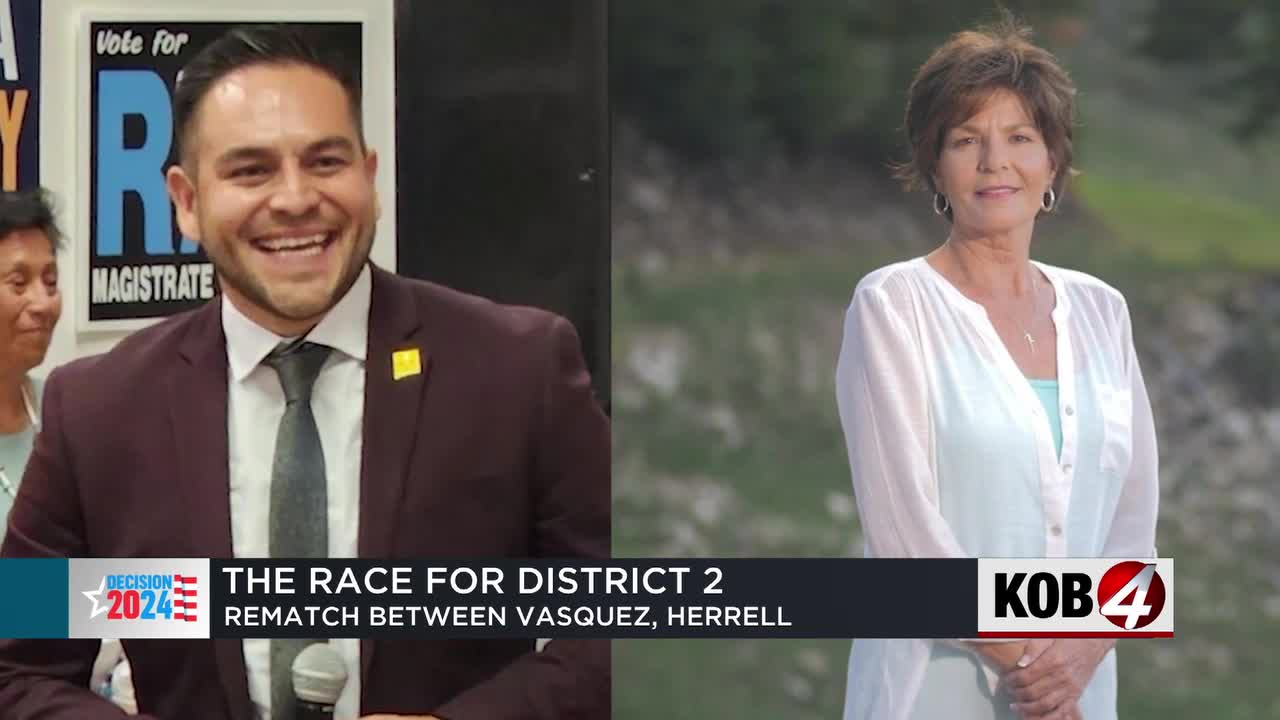








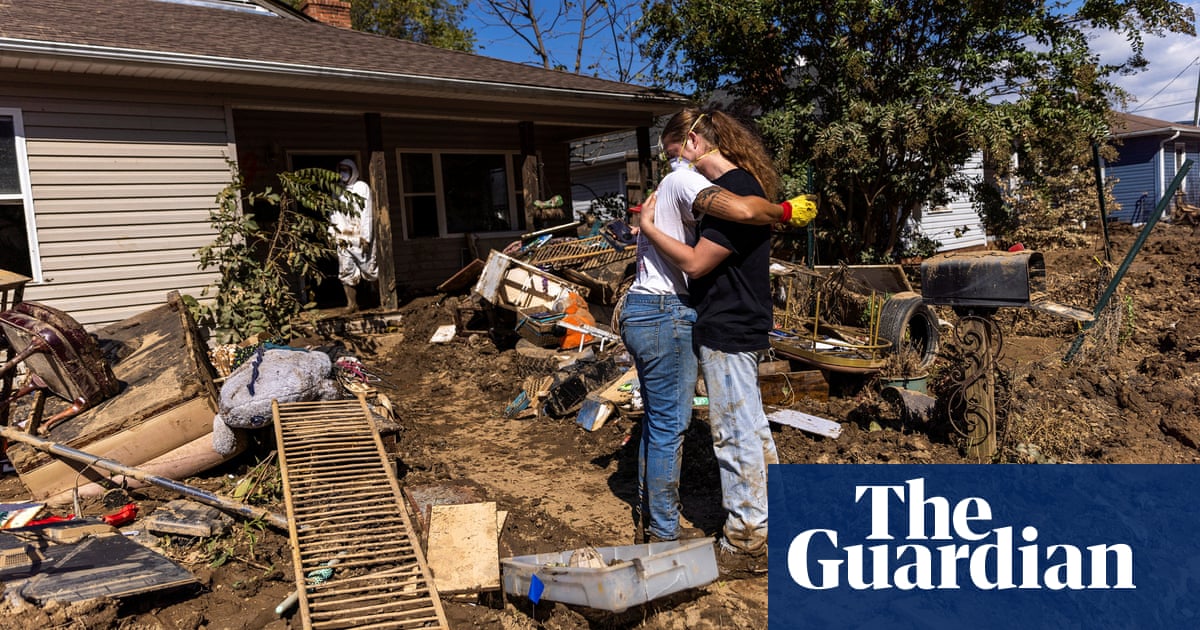
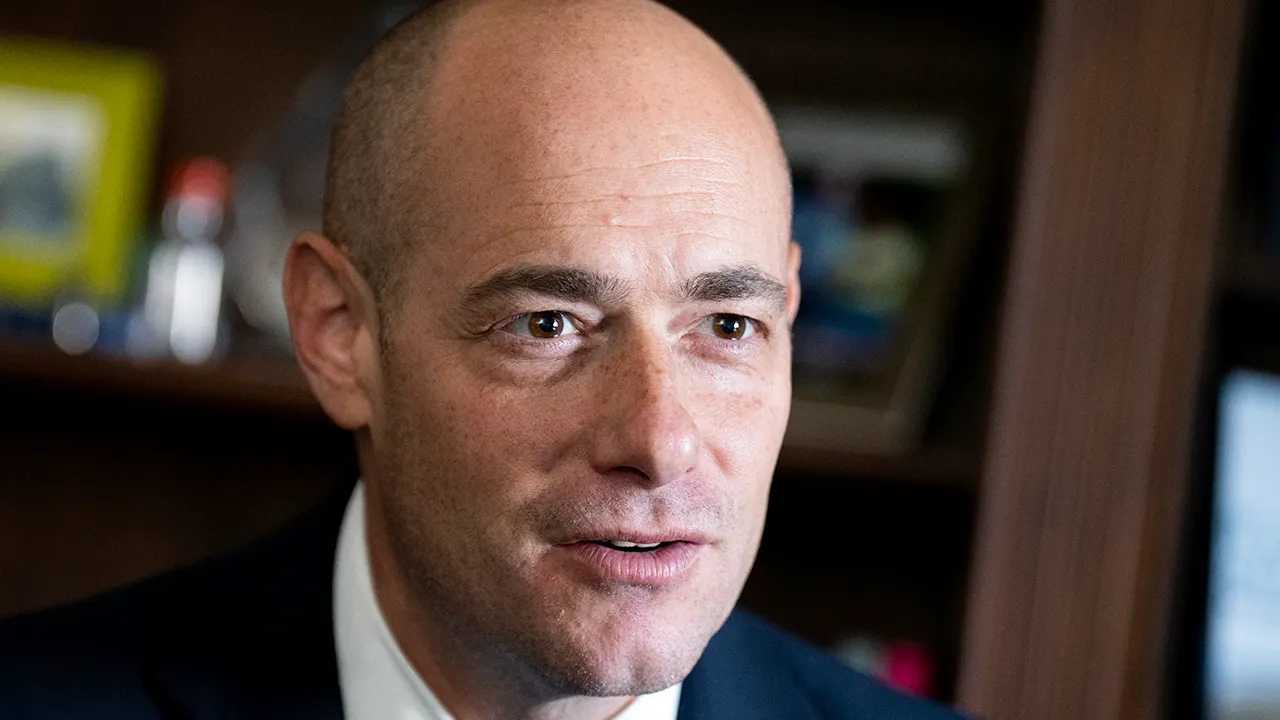
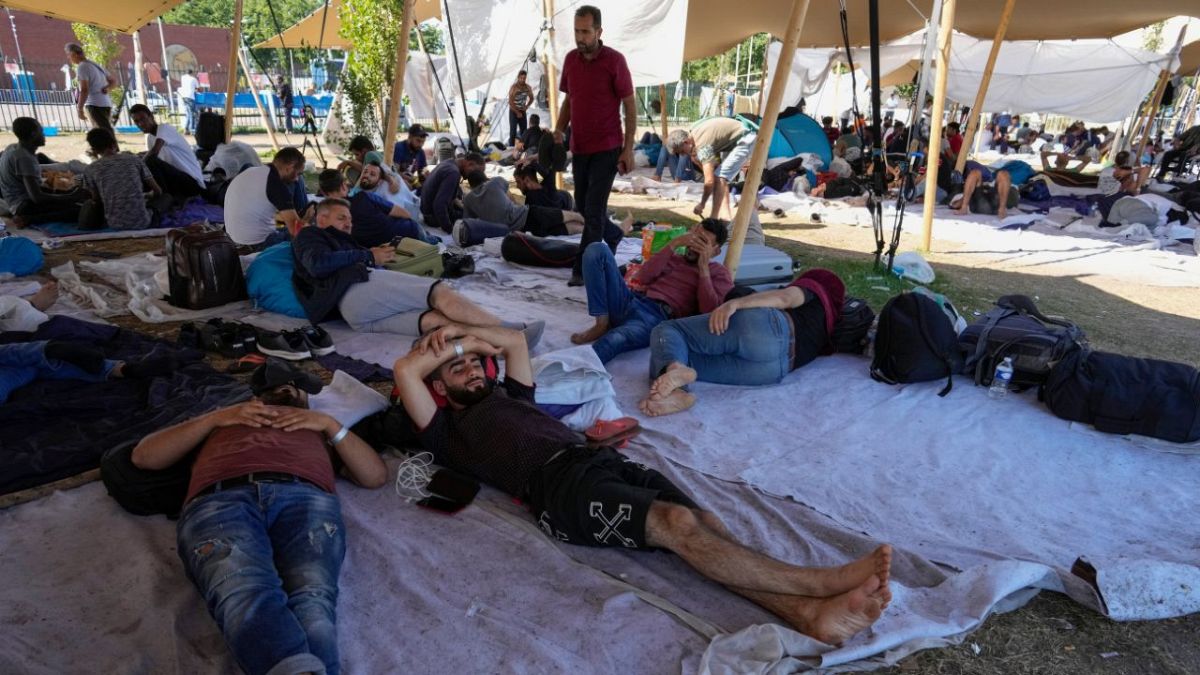
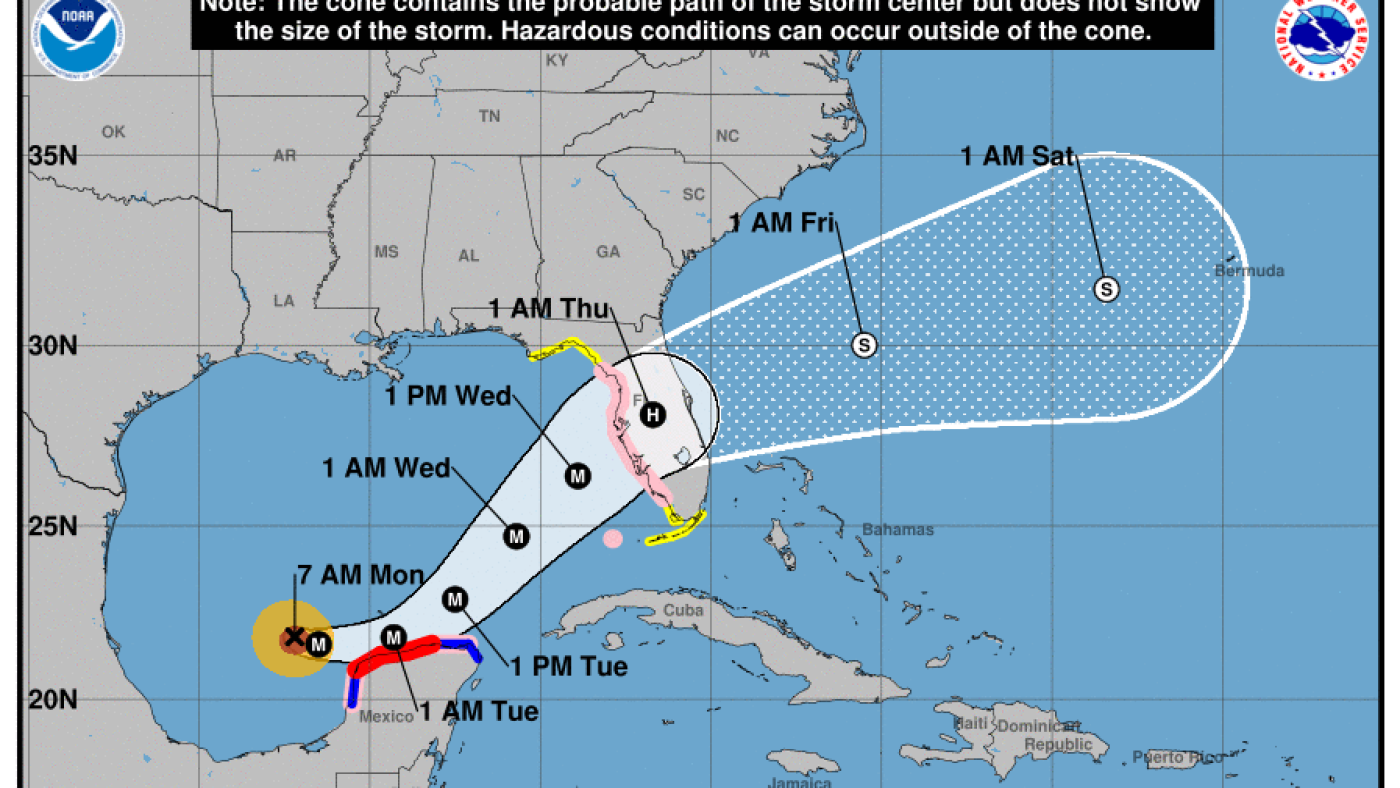
/cdn.vox-cdn.com/uploads/chorus_asset/file/25439572/VRG_TEC_Textless.jpg)






